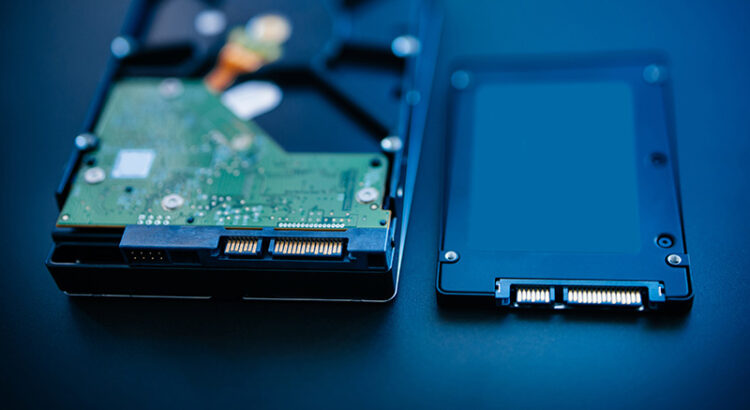An examination of the claim that flash will replace hard drives in the data center
“Hard drives will soon be a thing of the past.”
“The data center of the future is all-flash.”
Such predictions foretelling hard drives’ demise, perennially uttered by a few vocal proponents of flash-only technology, have not aged well.
Without question, flash storage is well-suited to support applications that require high-performance and speed. And flash revenue is growing, as is all-flash-array (AFA) revenue. But not at the expense of hard drives.
We are living in an era where the ubiquity of the cloud and the emergence of AI use cases have driven up the value of massive data sets. Hard drives, which today store by far the majority of the world’s exabytes (EB), are more indispensable to data center operators than ever. Industry analysts expect hard drives to be the primary beneficiary of continued EB growth, especially in enterprise and large cloud data centers—where the vast majority of the world’s data sets reside. Read More

